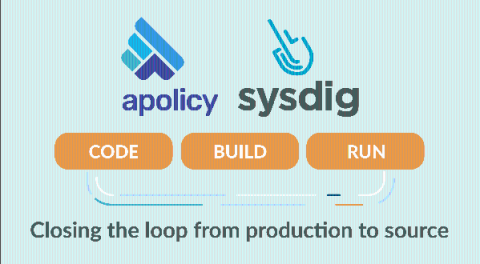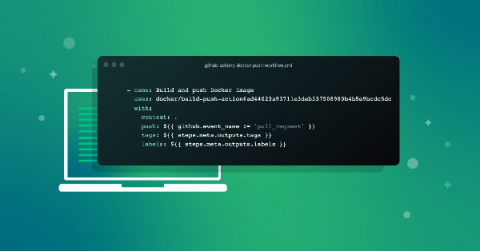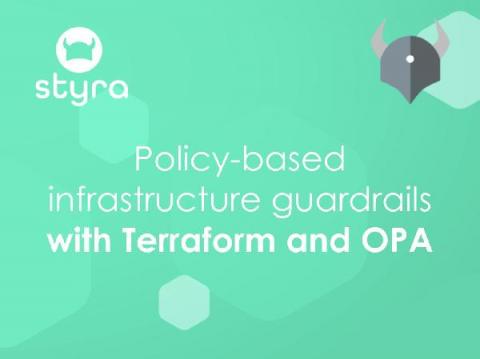OPA, Styra and Terraform: protect your cloud investment
The shift to cloud-native has transformed the way organizations do business, keep up with the competition and meet the demands of customer expectations. From the infrastructure that maintains IT operations to the applications that supply customers with the ability to interact with their data, the velocity in which DevOps teams have to deliver these services has significantly increased, leaving little to no room for error.











